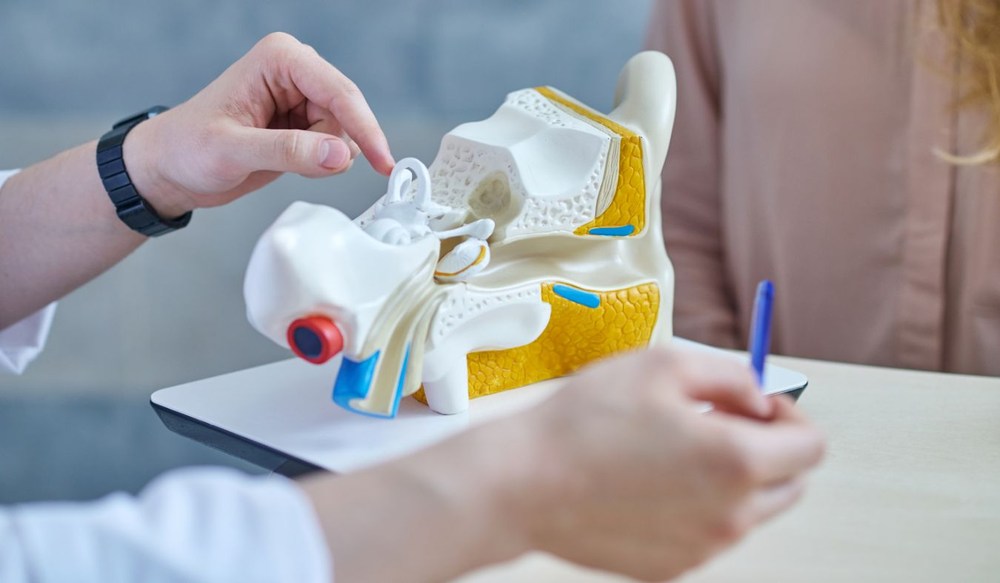The Impact of Hearing Loss on Academic Performance
When hearing loss is present, everyday school activities can become more


When hearing loss is present, everyday school activities can become more

For emergency responders, their sense of hearing is essential. From EMTs

As we anticipate the future of hearing aid technology, the advancements on